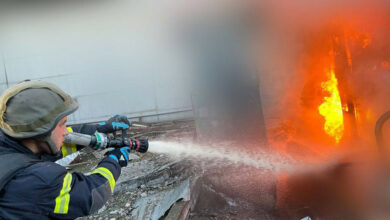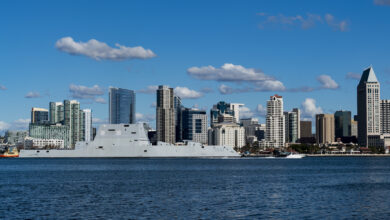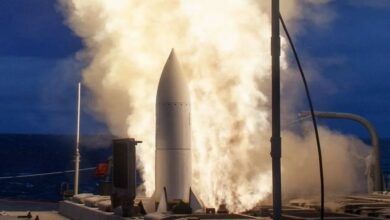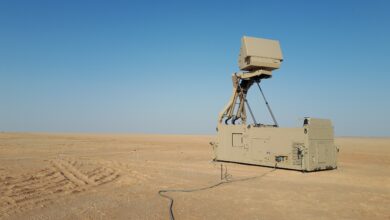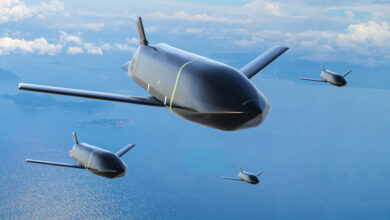Second successful flight test for MBDA’s UK/France Sea Venom missile
The Sea Venom missile under development for the U.K. and France successfully completed its second test-firing from a French Panther helicopter, MBDA said in a press release.
The April 18 development firing by the Direction Générale de l’Armement (French Defence Procurement Agency) test helicopter was conducted at Ile Du Levant in southeast France, the Thursday, May 31 release said.
Frank Bastart, head of the Sea Venom/ANL programme at MBDA said the firing was a “complete success.”
“We have now tested a range of the missile’s capabilities and it has performed to the very edge of its operational envelope, which is testament to the hard work and skills of our development and production teams in conjunction with DGA,” Bastart said.
MBDA said the test “highlighted Sea Venom/ANL’s lock on after launch (LOAL) capabilities,” and validated its “low-altitude, sea-skimming flight, the effectiveness of the data link between the missile and helicopter and Sea Venom/ANL’s autonomous guidance capability, using images from its infrared seeker.”
The missile is known as Sea Venom in the U.K. and Anti-Navire Leger (light anti-ship) in France.
Sea Venom/ANL has been designed for a wide range of helicopter platforms including the U.K.’s AW159 Wildcat helicopter, and France’s future Hélicoptère Interarmées Léger (Light Joint Helicopter, HIL), and to attack a range of threats including fast patrol boats and corvettes as well as coastal targets.
The lightweight (110kg), subsonic medium-range over-the-horizon missile employs an uncooled imaging infrared seeker and includes a two-way RF data link, giving the weapon system both ‘fire and forget’ and ‘operator above the loop’ modes. The missile can relay imagery in real time to the helicopter cockpit, giving options for target confirmation and alternate target selection, as well as hitpoint selection, refinement or correction and safe abort.
The 30 kg-class warhead is semi-armor piercing, but also has blast and fragmentation effects.
MBDA was awarded the production contract for Sea Venom/ANL in March 2014, and the first test flight took place in July 2017.
Guto Bebb, UK Minister for Defence Procurement, said the “test firing partnership between France and the United Kingdom is also another fantastic display of the two nations working together to protect global waters.”
Sea Venom/ANL is part of an Anglo-French programme linked to the Lancaster House Defence Co-operation Treaty agreed between the UK and France in November 2010.


